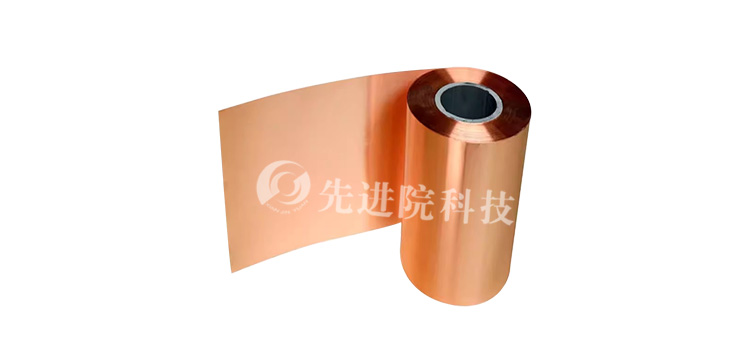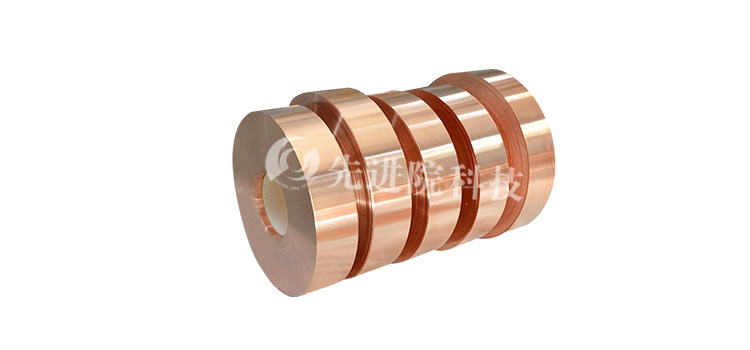PI (Polyimide) copper plated film is a composite material formed by coating copper on the surface of a polyimide film. Due to its combination of the high heat resistance, corrosion resistance, and good mechanical strength of polyimide, as well as the high conductivity of copper, it has been widely used in various fields such as electronics and aerospace. However,PI copper plated filmDuring the bonding or welding process, multiple precautions need to be taken to ensure the quality and performance of the product. This article will combine the relevant research results of Advanced Institute (Shenzhen) Technology Co., Ltd. to explore these precautions.
1、 Precautions during the bonding process
- Substrate cleaning and treatment
- Cleaning the surface: Before bonding, the PI substrate and the material to be bonded should be thoroughly cleaned to remove impurities such as oil and dust from the surface. The surface treatment of PI substrate can be carried out using plasma cleaning machine and other methods to improve its hydrophilicity and wettability, thereby enhancing the firmness of the bonding.
- Temperature and pressure control: During the bonding process, temperature and pressure should be strictly controlled to avoid damage to the PI copper plating film or affecting its performance. Excessive temperature may cause deformation of the PI substrate or detachment of the coating, while insufficient pressure may affect the firmness of the bonding.
- Environmental control: Bonding should be carried out in a dust-free and static free environment to avoid the impact of dust and static electricity on bonding quality.
- Equipment requirements
- Use high-quality and stable bonding equipment to ensure the stability and controllability of the bonding process.
- Operator training
- Provide systematic training and assessment to operators to improve their operational skills and quality awareness, ensuring that they can proficiently master the fitting process and strictly follow the process requirements for operation.

2、 Precautions during welding process
- Selection of welding parameters
- Voltage and current: Select appropriate welding voltage and current based on factors such as welding level and weld thickness to avoid excessive current causing welding overheating, resulting in PI substrate deformation or coating detachment; At the same time, avoid welding instability caused by too low current.
- Welding speed: Select the appropriate welding speed based on factors such as welding level and weld thickness to ensure the quality of the weld seam.
- Arc length: Control the arc length to ensure the penetration and appearance quality of the weld seam.
- Welding deformation control
- Adopt reasonable welding sequence, welding specifications and operating methods, as well as anti deformation and rigid fixing measures to control welding deformation.
- Pre welding inspection
- Before welding, measures should be takenPI copper plated filmCheck the uniformity of the coating. Uneven coating may result in incomplete coverage of the coating by solder during welding, leading to weak welding or virtual soldering.
- Post welding treatment
- After welding is completed, welding slag and surface defects should be promptly removed, and the quality of the weld seam should be inspected. For welded parts that require post-processing, such as annealing to eliminate welding stress, strict adherence to process requirements should be followed.

3、 Performance changes under high and low temperature environments
- high temperature environment
- Difference in thermal expansion coefficient: PI film and copper layer have different thermal expansion coefficients. In high temperature environments, with the increase of temperature, the degree of expansion of the two is different, which may lead to deformation, warping, and even peeling of the film layer.Advanced Institute (Shenzhen) Technology Co., LtdBy optimizing the copper plating process, such as controlling the thickness and uniformity of the copper layer, this problem has been alleviated.
- Copper layer oxidation: Under high temperature conditions, copper layers are prone to oxidation reactions, forming oxides with poor conductivity. The company effectively prevented oxygen from contacting the copper layer and reduced its oxidation by adding a special antioxidant coating on the surface of the copper layer.
- low-temperature environment
- Material embrittlement: In low-temperature environments, PI copper plated films may become brittle, making them more prone to fracture when subjected to external forces. Advanced Institute (Shenzhen) Technology Co., Ltd. has developed a low-temperature toughness enhanced PI film by adjusting the molecular structure of the PI film, which is used for the preparation of copper plated films and reduces the possibility of embrittlement.
- Changes in conductivity and thermal conductivity: Under low temperature conditions, the electrical properties such as electron mobility of materials will change, affectingPI copper plated filmConductivity and thermal conductivity. The company has improved the conductivity and thermal conductivity of PI copper plated films at low temperatures by optimizing the microstructure of the copper layer, such as reducing the particle size of copper particles.

4、 Summary
PI copper plated filmDuring the bonding or welding process, multiple considerations need to be taken into account, including cleaning and handling of the substrate, equipment selection, operator training, selection and control of welding parameters, control of welding deformation, and performance changes in high and low temperature environments. Advanced Institute (Shenzhen) Technology Co., Ltd. has effectively improved the performance of PI copper plating film in high and low temperature environments, and enhanced its reliability and applicability in different temperature environments by optimizing the copper plating process, adding antioxidant coatings, modifying PI films, and optimizing the microstructure of copper layers. This provides strong technical support for the application of PI copper plating film in a wider range of temperature environments.
The above data is for reference only, and specific performance may vary due to production processes and product specifications.







